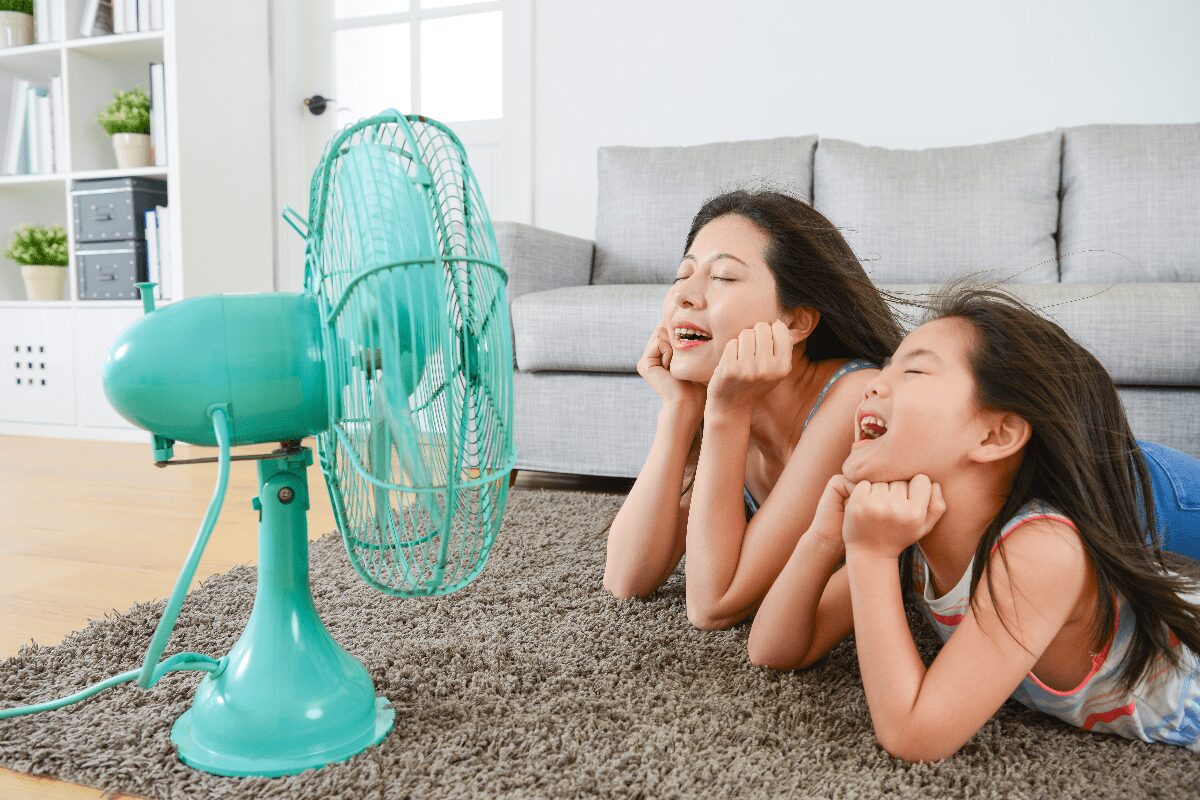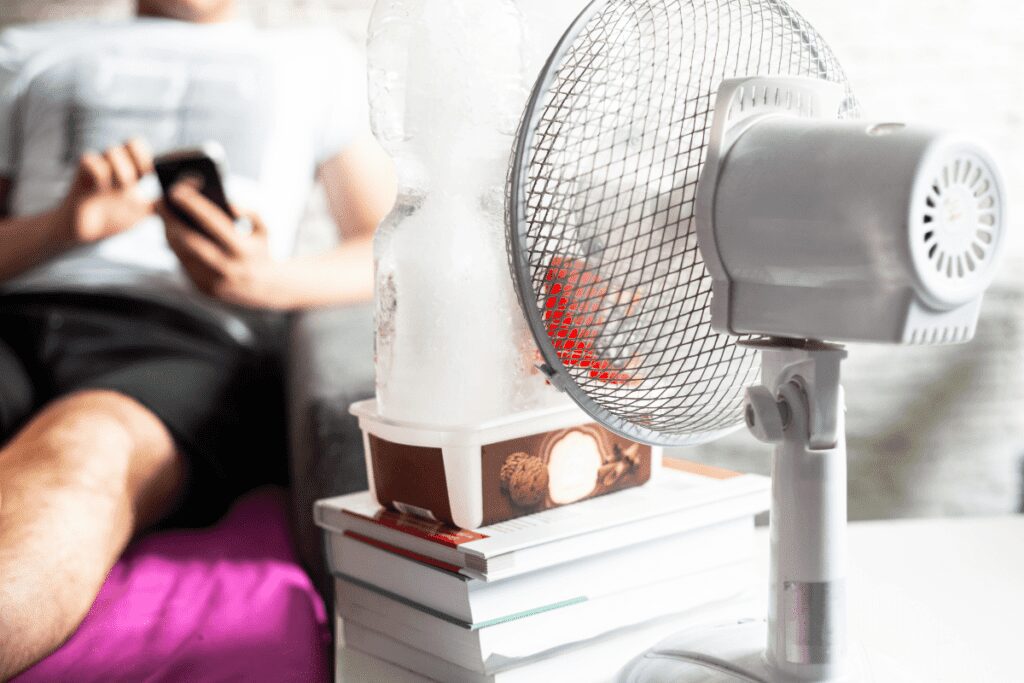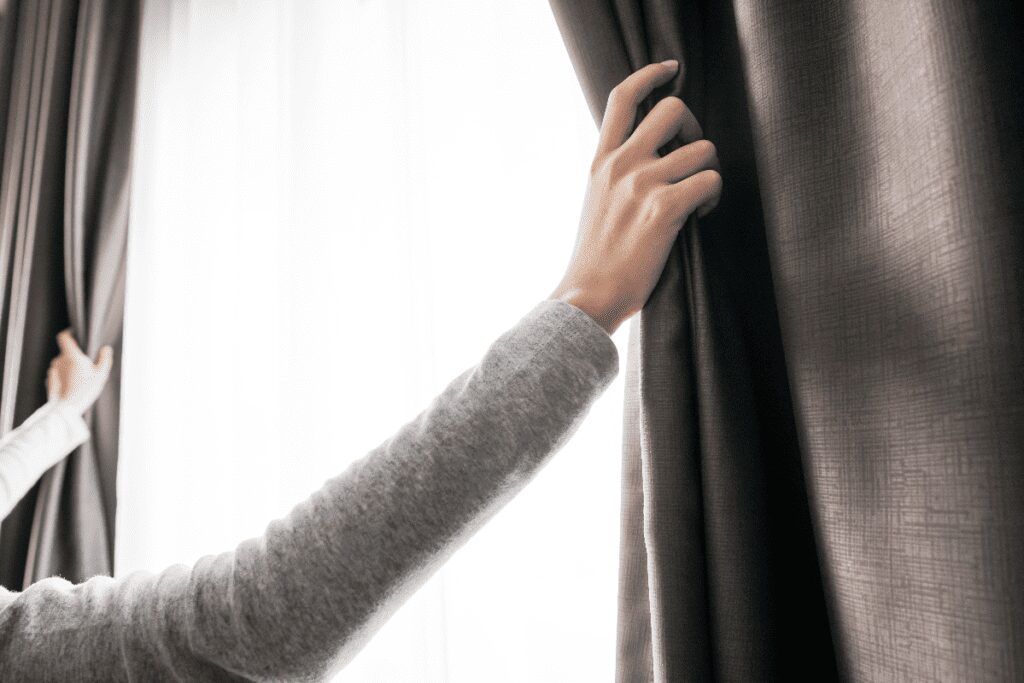How to Cool Down a Room in Your Rental Home

Heatwaves have been crossing the United States in 2021, bringing triple-digit heat to areas that previously never had a need for air conditioners. This intense summer heat has highlighted how necessary it is to know how to cool down a room, especially in a rental home that doesn't have central air.
Learn how to make a room colder with these different techniques.
Window and portable air conditioners
Perhaps the easiest way to cool down a room is with a portable window air conditioner. Check with your landlord first to see if they are willing to buy a unit for your home. While some states don’t require landlords to provide air conditioning, they may be willing during times of unprecedented high temperatures in your area.
Portable units can be installed in many different sized windows in a home without requiring permanent alterations or repairs. Choosing the right air conditioner requires matching both your available window shape and size as well as knowing the number of BTUs that you need.
BTU's are short for British Thermal Units and refer to a number calculated based on a standard room with 8-foot ceilings, two windows, and one door. 5,000 BTUs will typically be enough to cool a small room of 150 square feet or less, while a larger room between 300-350 square feet will require 10,000 BTUs for peak effectiveness.
While air conditioners are a simple solution, these units are not always affordable OR locally available, especially in a heat wave when vendors may sell out.
DIY fan cooler

If you don't have an AC, cool air is still within your reach. Combining a fan, ice and a styrofoam cooler, you can create a cool breeze in your room at an affordable price. Find tutorials for a DIY cooler online or customize to make your own such as using frozen water bottles if you aren't able to buy ice or don't have an icemaker. Keep safety in mind as you'll want to be sure water and the electricity from your fan don't interact.
DIY swamp cooler
The above method shares some tested techniques, but if you'd like to try an even more old school method, you can adapt the fan cooler method to build a DIY swamp cooler. As one YouTube watcher shares after viewing the fan cooler above, "To make it an actual swamp cooler. Hang strips of cloth from the inside of the lid down to below the water level. Add enough water so the ice can move but isn't completely free moving, and add a bit of salt. The salt will allow the ice to partly refreeze at a lower temp Keeping it colder longer. The strips of cloth evaporate the water into the air as it moves past, greatly increasing the cooling effect. Finally the Ice is optional, just the water will work."
Air in/air out cross ventilation
We all know fans help create an enjoyable breeze, but learning how to maximize this cooling effect by creating cross-breeze works even better. Cool the area between windows by letting air in through small windows and ventilating this air out through a large exhaust window. Let the air travel a more detailed path than routing it straight across for maximum effect.
Cooling mister
A mister is a fan that blows fine water particles in the form of a mist to help increase that cooling evaporation. You can purchase a mister that incorporates your hose for water and air or create DIY devices by spraying water in front of a fan. Highly effective but a little messy, a mister is worth the effort on a hot day or while sitting on the patio on a sunny day.
Throw down some shade

If you don't have shade, make some. Sun coming through your windows will quickly heat your home. You can see this effect on a smaller scale in your car. Eliminate access for the sun by using black-out curtains to avoid excessive heat. Regular curtains and layers with blinds can work too. The idea is simply to avoid sunlight to stay cool in your room.
Foil windows for cooling
If you don't have (or want) expensive window coverings, head over to the kitchen to find some rolls of aluminum foil. Placing foil on your windows- shiny side out, can help reflect some unwanted light and therefore heat, as well as fill in any draft gaps around an air conditioner. Hold up the foil with tape for easy application and removal. While foil is more of a light barrier than a heat barrier, every little thing can help when it comes to cooling down a room.
Insulation for a cool room
Most renters can't remodel a wall for better insulation, but there are still many tools that you can use to help prevent cool air loss and hot air access. Insulating your home is a fantastic way to help you keep cool. Identify gaps in doors and windows that cause unwanted drafts and seal them up with foam tape. Blankets or towels can even be laid across drafty thresholds to minimize cold air loss.
Stay Cool
There are many techniques on how to cool down a room from buying air conditioning units to creating your own tool for cool air, especially if your need to make cool air is temporary and your landlord doesn’t want to invest in an electrical appliance. Apply any of the above suggestions or use them to help you create your own “devices” to help keep your home cool and comfortable.
